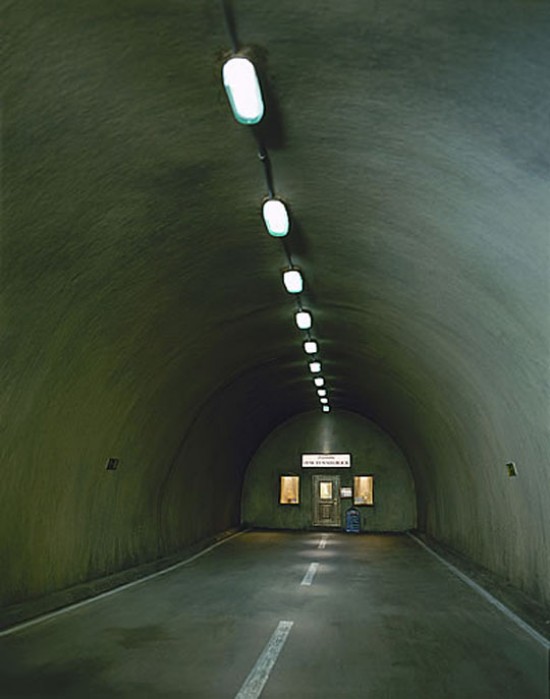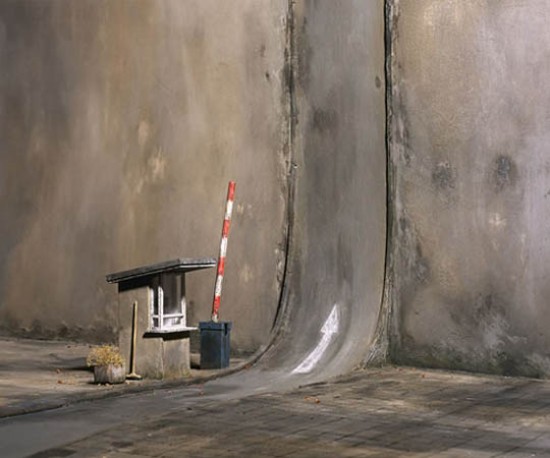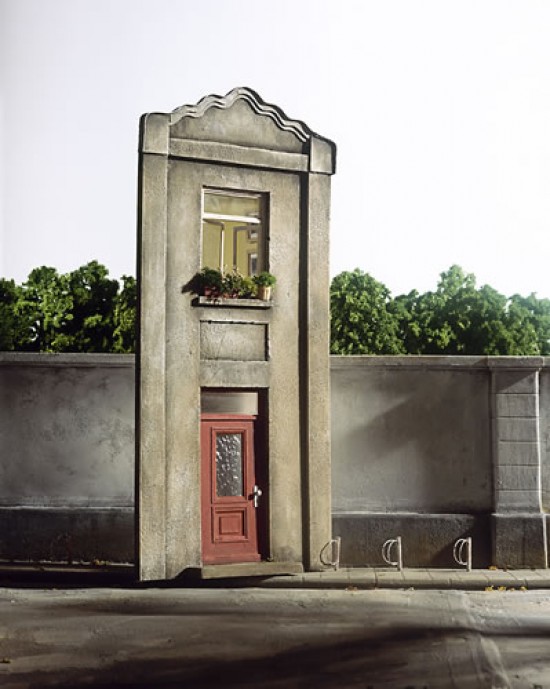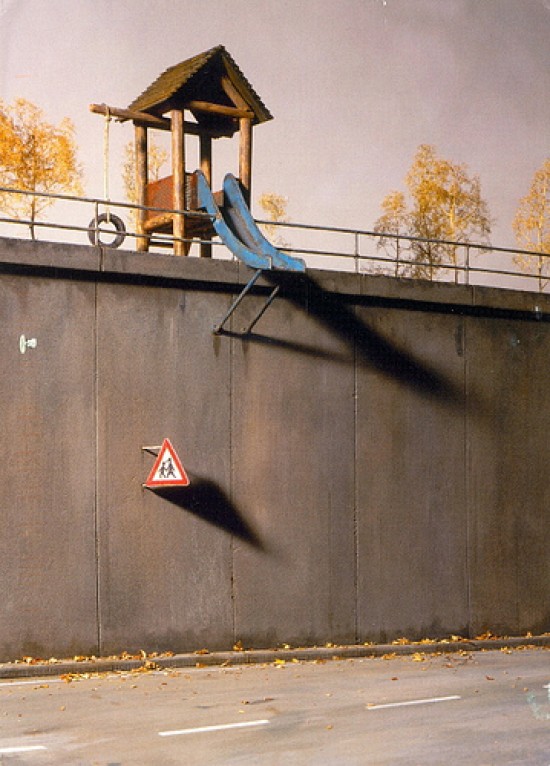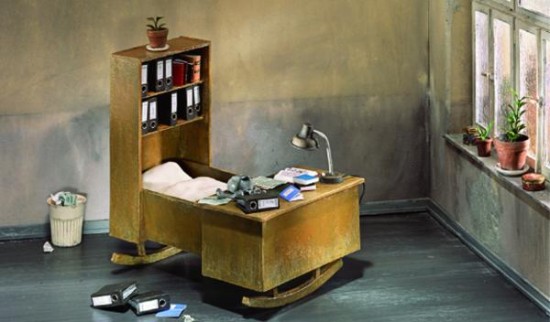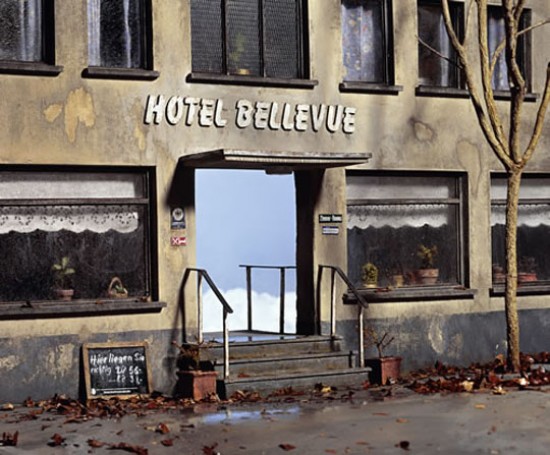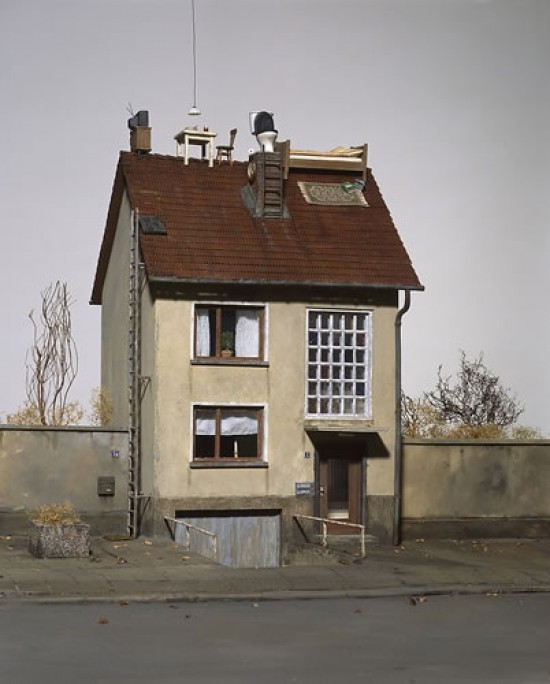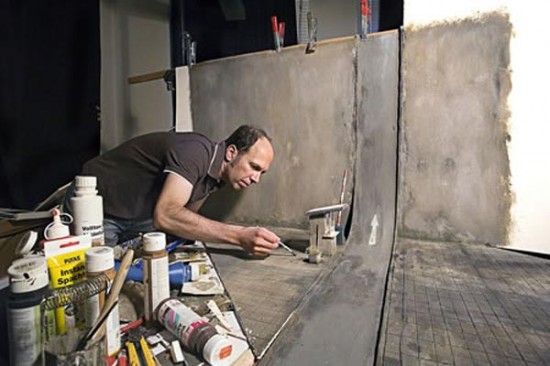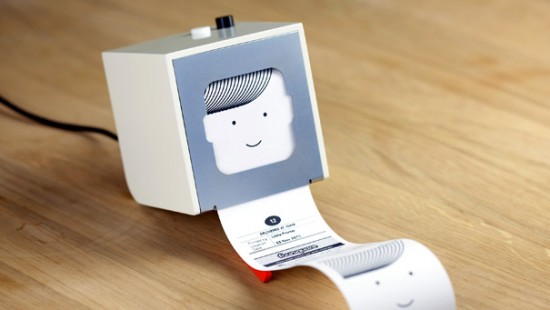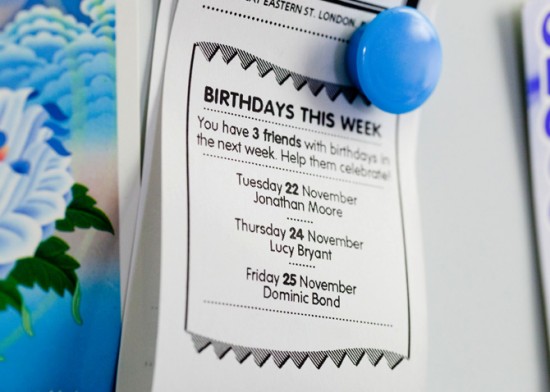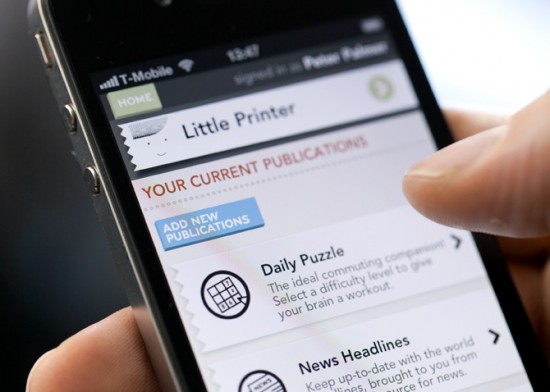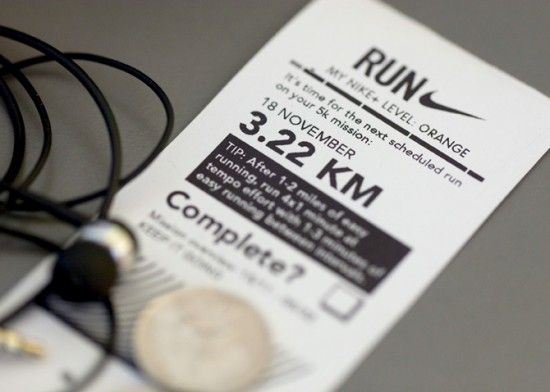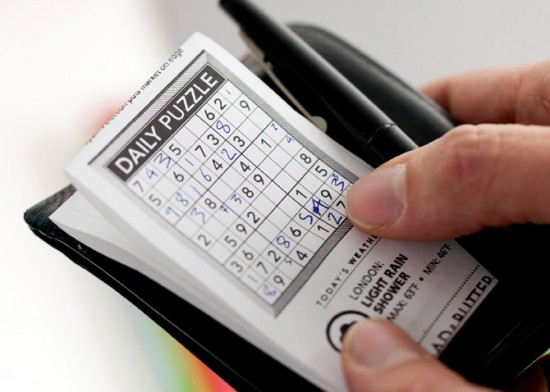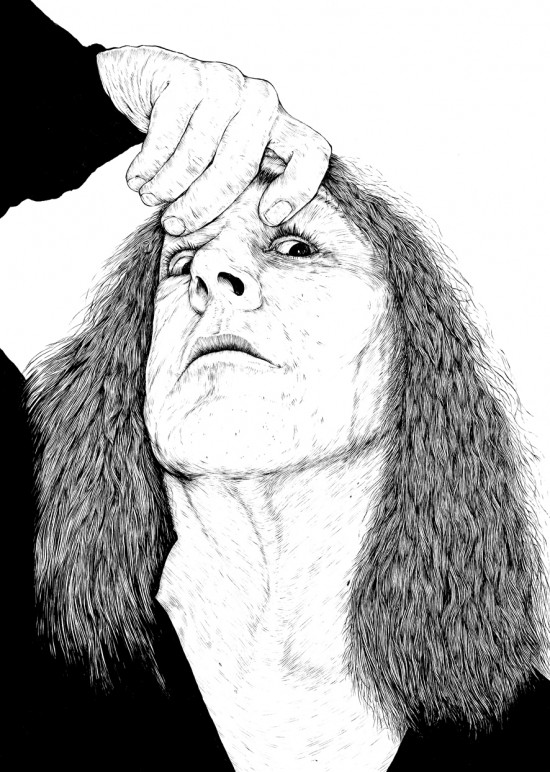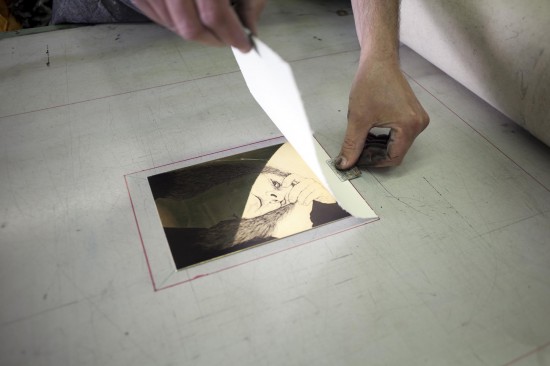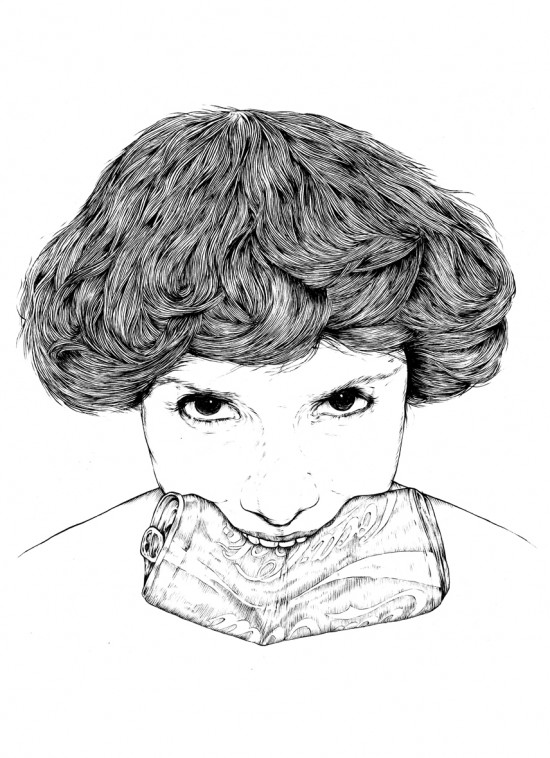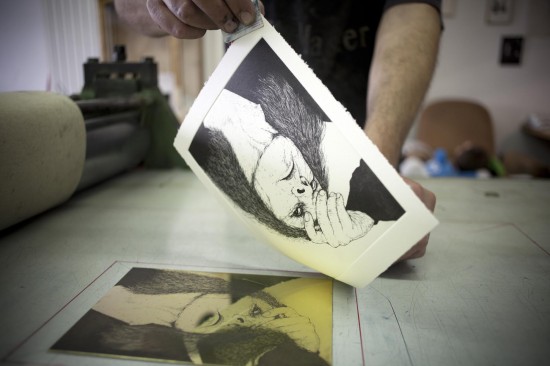
Moving Brands has proposed a sharp new mark for Hewlett Packard that aims to re-establish HP as a brand at the forefront of technological innovation
As our sister title Design Week revealed yesterday, Moving Brands' new mark is the upshot of a process that began in 2008 when the consultancy was charged with the development of brand strategy and experience design at HP.

1954 logo
Hewlett Packard was perhaps the original Silicon Valley success story. It was founded in a garage by Stanford engineering graduates Bill Hewlett and Dave Packard in 1939 and proved an inspiration to the young Steve Jobs who had a summer job there. Jobs' partner Steve Wozniak also worked at HP and designed what became the first Apple computer there - he was obliged to offer it to his employer first but HP turned the opportunity down.
What Moving Brands found at HP is a familiar corporate story - a company once renowned for innovation that, thanks to successive acquisitions, had become bloated and somewhat lacking in personality and direction. From being one of the most innovative firms in history, it had become known as just another boring supplier of printers and PCs. "The once iconic brand was deemed dull and lifeless by consumers and business customers alike," as Moving Brands says in its case study here (which details just what a complex brand strategy project this was).
With its recent advertising from Goodby Silverstein, (including the Hands campaign starring various 'cool' celebs, above) HP had been trying to make up some of that lost ground.

For the visual identity segment of its work in helping transform perceptions of the brand, Moving Brands' proposed solution is a stripped down mark that abstracts the HP name into four bars that, as the studio claims "lean into the future" at a 13 degree angle - the same angle used in previous HP logos. It's a determinedly modern mark that harks back to the likes of Muriel Cooper's MIT Press logo (below). This idea of the 13 degree angle has also been applied across other aspects of the design system created for HP including photography and other graphic elements.



The mark is incredibly simple, but in these days of Photoshop gradients and 3D gimmickry beloved of so many identity designers, all the better for it. One quibble - is it obviously 'hp' or could it read 'bp' to the uninitiated? Presumably once it has been repeated a gazillion times on ads and websites and everywhere else (as in these mock-ups, below) we will come to associate it unquestionably with the brand.



The temptation with so many of these projects is to go for a mark that attempts to do too much, cover too much ground, present the many faces of a multi-faceted organisation - as in the current vogue for flexible systems. But HP's problem was that it had too much going on. It needed a single, strong voice behind which its 300,000-odd employees could unite. And Moving Brands has provided it elegantly.


But, and it's a big but, the new identity has yet to be implemented. As Design Week revealed, the roll out is in the hands of HP, what they choose to do with it, and which parts of the proposed visual identity programme they choose to adopt, is up to them. It's very unusual for a consultancy to go public with aspects of a corporate identity that have not, as yet, been officially implemented. A little bit of testing the water perhaps?
HP has already started to use some of the additional visual elements developed by Moving Brands (photography, typeface etc) alongside its existing logo in a kind of halfway-house (see above film the film has subsequently been blocked). Will it now go the whole hog and adopt the new mark too?
UPDATE: Design Week reports that "there are no plans to implement the new logo. A spokesman for HP says, ‘The design system created with Moving Brands was the only aspect of this work that was approved. The logo was a working draft that did not get adopted by HP'."
UPDATE TO THE UPDATE: Moving Brands has now removed the proposed new logo from its website which now carries this statement: "We have removed the HP case study per the request of HP, in order to clarify the distinction between the aspects of the work that were setting a creative vision for the brand but were not implemented in the market, and the aspects which reflect the actual in-market applications of the Identity and Design System. The ‘Progress mark’ logo is not the go-forward direction for HP."













